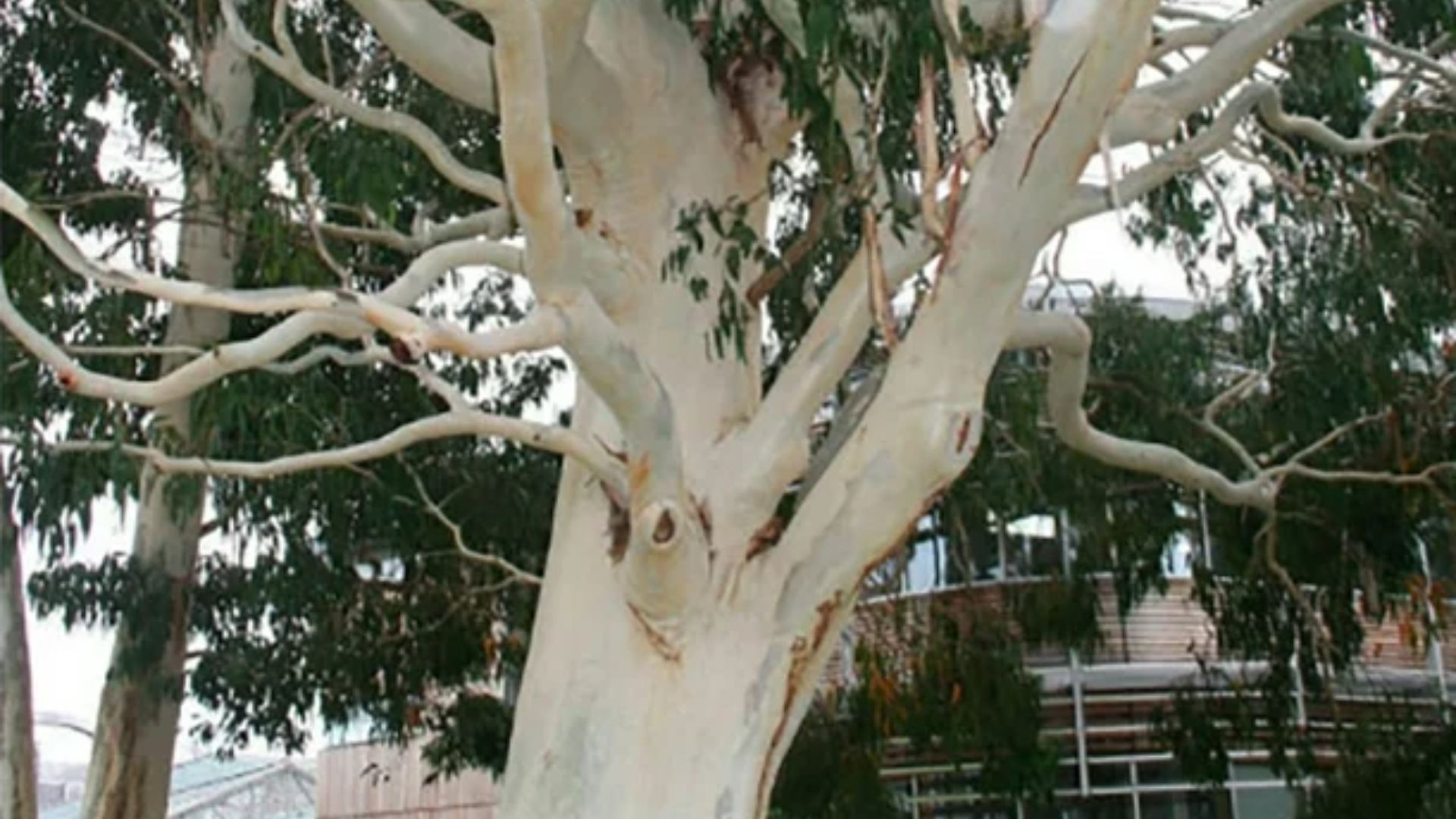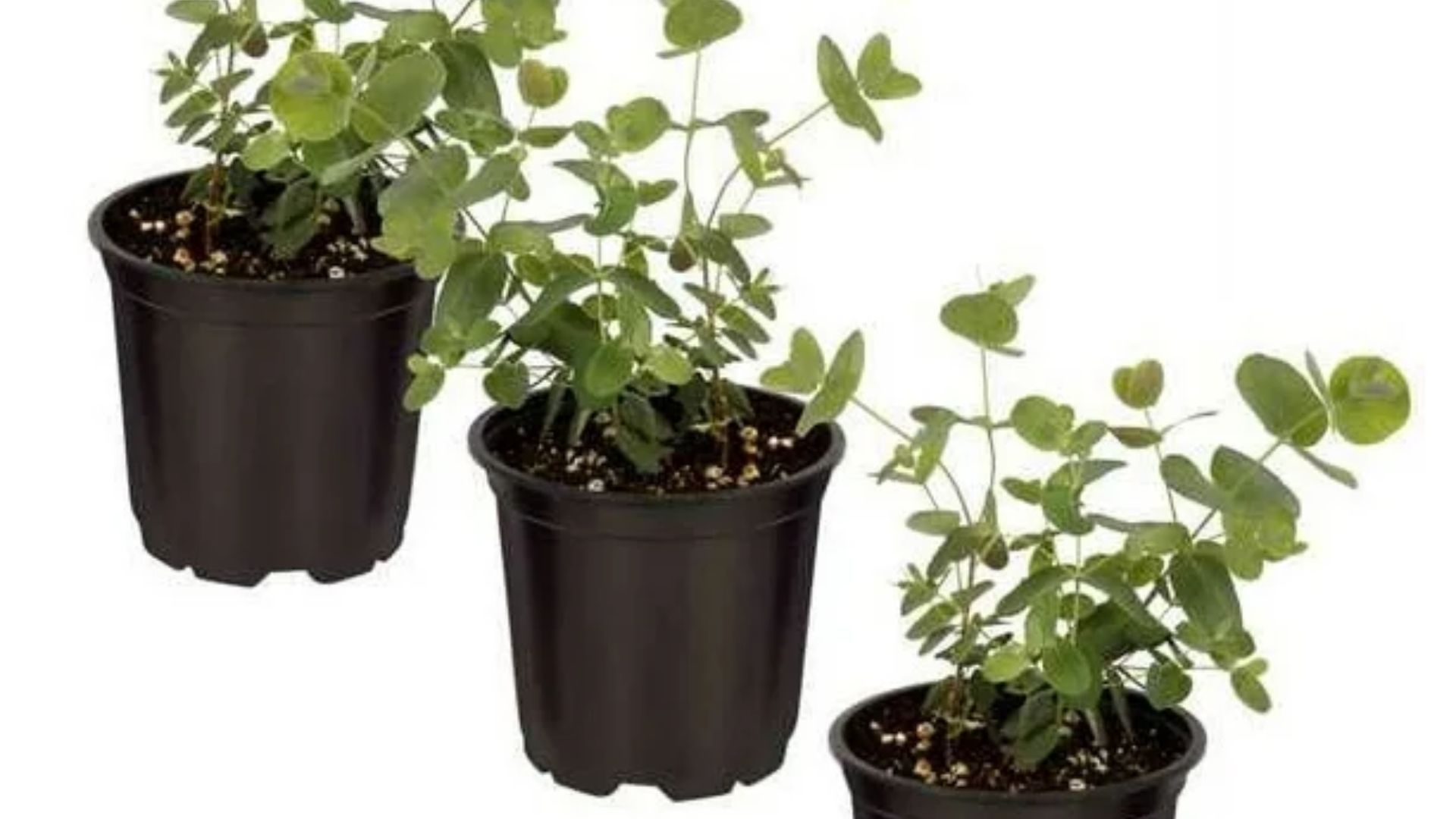Why You Should Plant Live Eucalyptus Trees for Scent and Color
Home » House Plants » Why You Should Plant Live Eucalyptus Trees for Scent and Color

Live eucalyptus trees are an interesting botanical endeavor, and I’m delighted to lend you my assistance. With the help of this post, I will demonstrate how to appreciate the visual appeal of living eucalyptus trees both indoors and outdoors. I will advise you on cultivating, maintaining, and treating these plants including products and typical ailments.
Australia is the cradle of the eucalyptus tree, which has since gone global thanks to its adaptability and widespread use. I believe that living eucalyptus trees are extremely significant for the ecosystem. Many species depend on them for shelter and food, and how they adapt to many temperatures is often overlooked.
Now, the history of these trees is quite intriguing. Eucalyptus trees are planted worldwide for their timber and beauty. Possibly the most enjoyable part of a stroll is inhaling the refreshing aroma of a live eucalyptus tree. Live eucalyptus trees have a long history of adding elegance and a fresh aroma to your yard or living area.
Considering the fast pace with which live eucalyptus trees are growing, a great deal is going on in this field at the moment. As part of that process, you will enter the next exciting phase: introducing these fragrant, rapidly-growing trees to your home. Here you will learn how these trees may bring nature indoors and bring a sense of calm to your dwelling. Alright, then, let’s begin!
Inside Growth: The Elegance of Household Eucalyptus
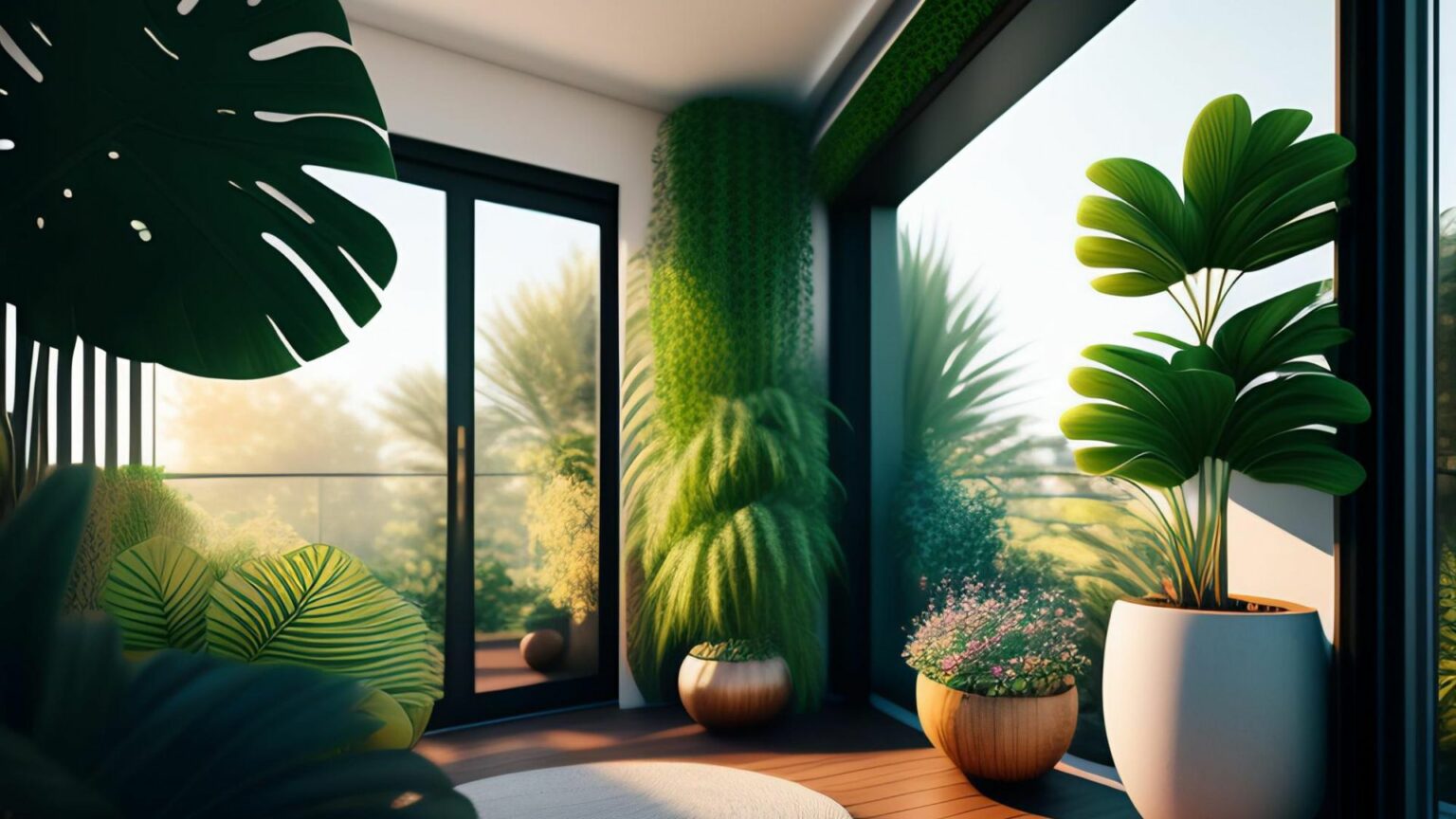
The enticing smell of indoor eucalyptus trees is like bringing a little bit of the Australian wild into your living room. Picking the correct species is an important first step, so don’t get ahead of yourself. Even though it’s a popular choice, the blue gum tree (Eucalyptus globulus) can be too big to keep indoors. Early on in its life cycle, eucalyptus can reach a height of 3 feet or more every year. Even so, they can be trimmed so that they remain compact. But before purchasing, make sure to measure the plant’s potential height to avoid having it overflow its designated area. Small Eucalyptus gunnii ‘Azura’ variants are better for indoor gardening.
Let me tell you something about indoor eucalyptus: it’s all about creating the ideal conditions for them to thrive. The ideal spot for them would be beside a south-facing window because they love lots of sunshine. Soil that drains effectively is an absolute must, and you must water them regularly without drowning them. Basically, it’s trying to be just like their dry, native environments.
You don’t need to be a master gardener. Live eucalyptus trees thrive with minimum care in the appropriate environment. Their silver-green leaves offer texture and a minty, air-purifying scent to your environment. Plus, that aroma is just magical for people who are sick with a cold.
The key is to keep an eye on things and prune as needed to control growth. Keep in mind that these trees develop rapidly; consistent pruning will promote a bushier, more manageable form by removing those vigorous branches. This blend of beauty and practicality flows well into outdoor eucalyptus growing.
Creating a Beautiful Outdoor Space: Growing Eucalyptus Trees
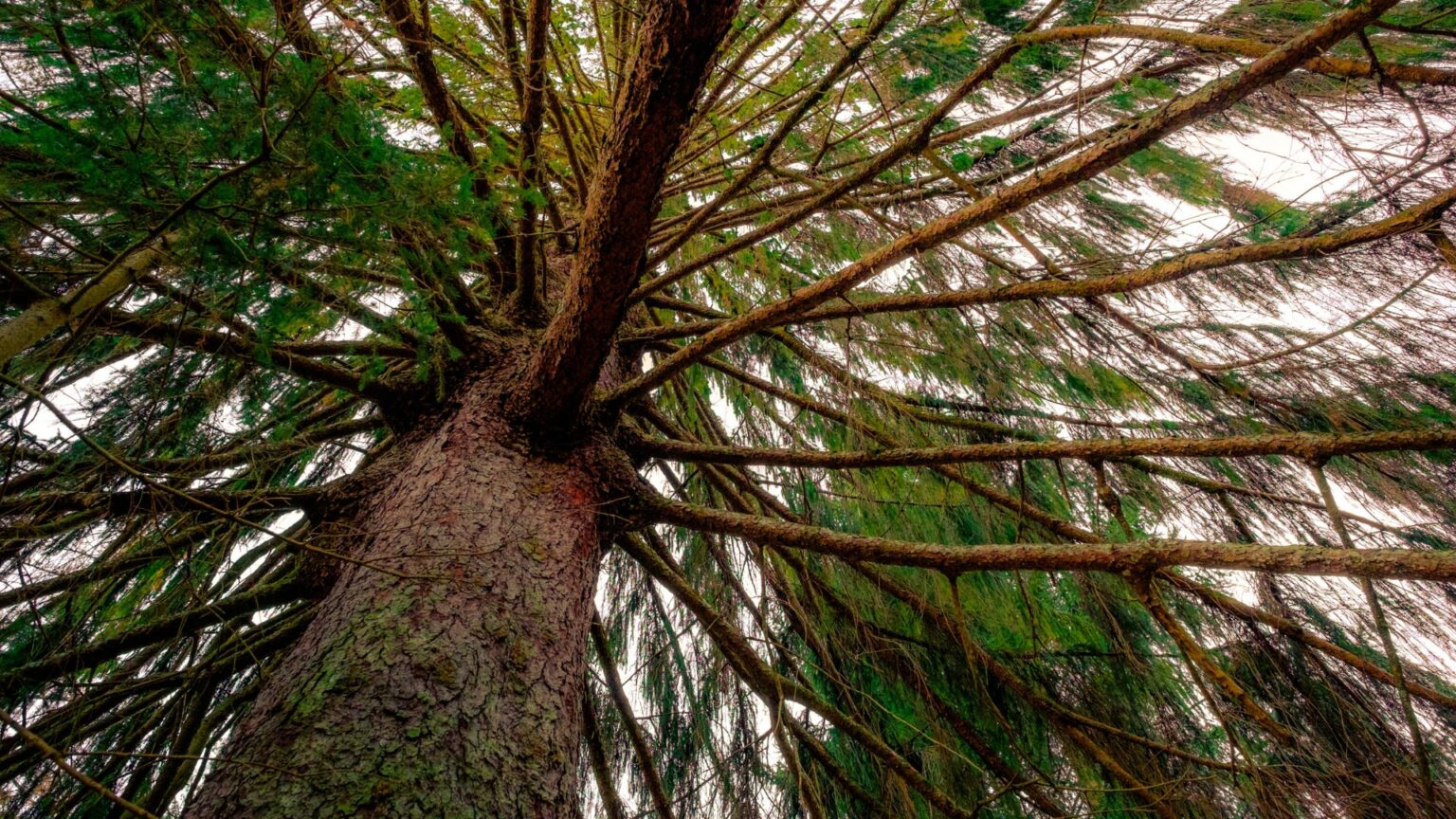
We’ll go over some outside planting techniques for eucalyptus trees. Growing eucalyptus trees outside has several advantages for both your yard and the ecosystems around you. Before we begin, there are a few things you must know about planting these beautiful trees in your yard.
Choosing the correct spot should be your first priority. Sunlight is essential for live eucalyptus trees; ideally, they need six hours of direct sunshine per day. Additionally, in order to avoid root rot—a typical problem in rainier regions—they need soil that drains properly. Remember that many eucalyptus species can grow to be quite large, so be sure to plant trees with plenty of room to expand.
Here, frost can be a concern if you happen to be located in a colder area. While certain kinds of eucalyptus can withstand cold weather, most thrive in milder climates. So, if you live in an area with severe winters, pick a type that has a reputation for being hardy. Preventing frost damage to young trees until they are established is of the utmost importance.
When planning an outside planting, keep in mind that these trees are notoriously fast-growers. Although they offer immediate shade and privacy, they may require pruning on a regular basis to ensure they remain manageable. To keep them in good form and promote healthy growth, have a professional prune them every few years.
It is essential, in my opinion, to refer to the role that they play in the ecology. By providing a home for animals and a variety of plants, live eucalyptus trees can greatly benefit the local ecosystem. Insects, birds, bats, and possums are just a few of the pollinators that benefit from the nectar that eucalyptus blooms provide.
The next section on ecology and responsible planting will discuss eucalyptus trees, which are lovely yet flammable. Fire safety is crucial, especially in wildfire-prone areas, and risk reduction is essential.
Take a look at this related post: AFTER THE FIRES IN HAWAII, HOW IS THE BANYAN TREE DOING NOW
Safeguarding the Well-being of Your Trees for the Future
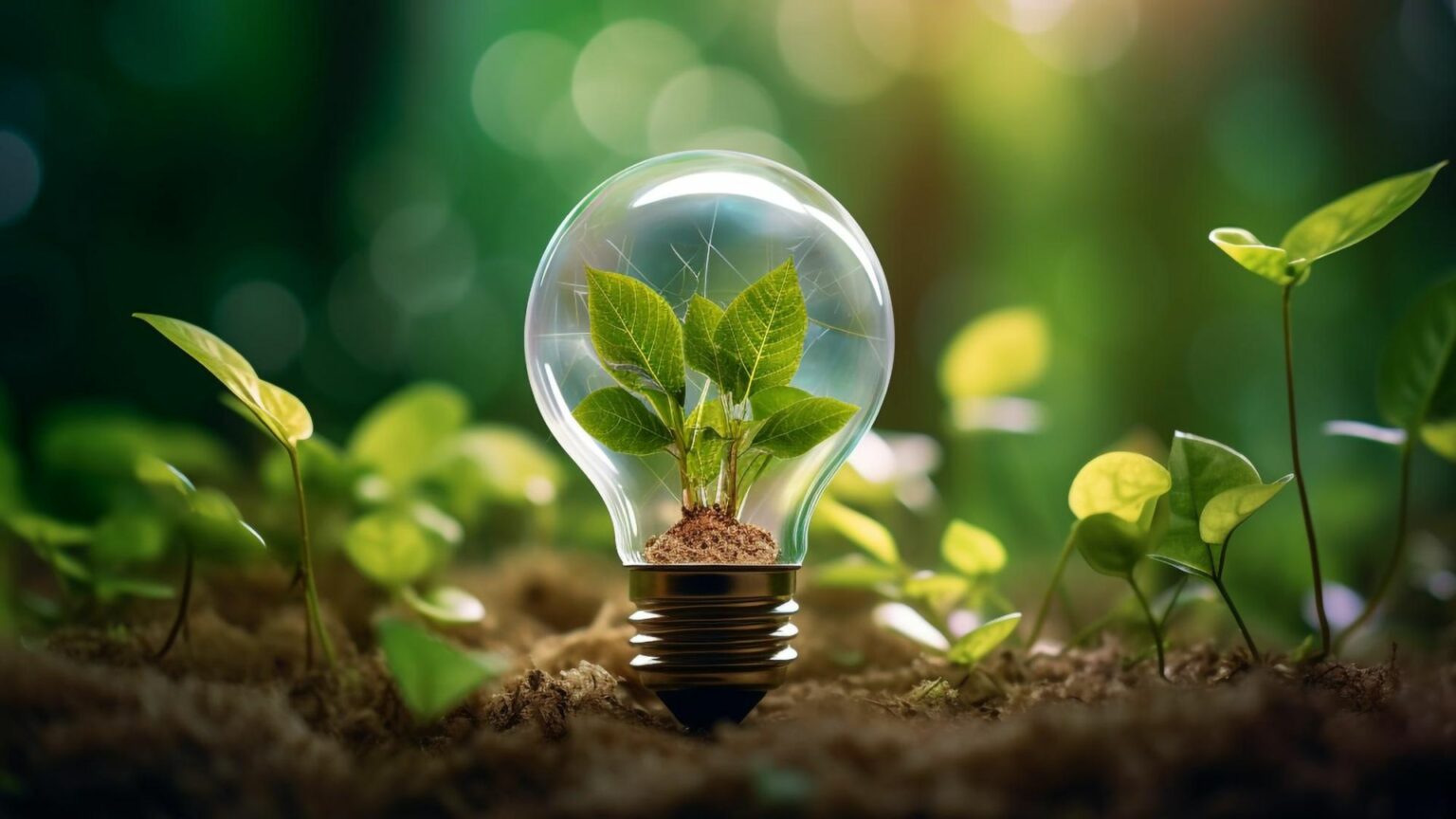
You now know how quickly and dramatically live eucalyptus grows in your living room or garden. Their rapid growth and revitalizing presence are nice, but that’s not all there is to it. Maintaining the balance between our passion for these aromatic giants and the environment requires management.
The ecological impact of live eucalyptus trees can be substantial, with their resilience and adaptability. Their notoriously thirsty roots may change native ecology, improve soil quality, and even monopolize water supplies in some areas. That is why, when you commit to a life of live eucalyptus trees, it is essential to keep the environment in mind.
To have a good impact on the local wildlife and plants, you must collaborate with foresters and environmentalists. In order to reduce environmental impact, these experts may advise you on which species are most suited to your area. Planting regional or wildlife-friendly plants helps preserve your area’s natural history.
Careful maintenance is the key to fully appreciating these trees. You must always keep in mind that the story of your eucalyptus is interwoven with a broader ecological narrative. In the future, let’s grow eucalyptus gardens responsibly knowing we can assist nature’s delicate dance. Go ahead and encourage development, but keep future in mind while you work from now. In this manner, eucalyptus trees may keep captivating people for years to come, just as they have done for us.
LIVE EUCALYPTUS TREE KEY FACTS:
- Plant type: Evergreen trees or shrubs
- Mature size: Varies. Some can grow very large
- Soil type: Most soil types, well-drained
- Soil pH: Neutral to slightly acidic
- Time of year to plant: Spring and early fall
- Flowering time of year: Various times, depending on the species
- Flower color: Small white or cream pom poms
- Hardiness zones: USDA zones 8-11
- Scientific name: Eucalyptus
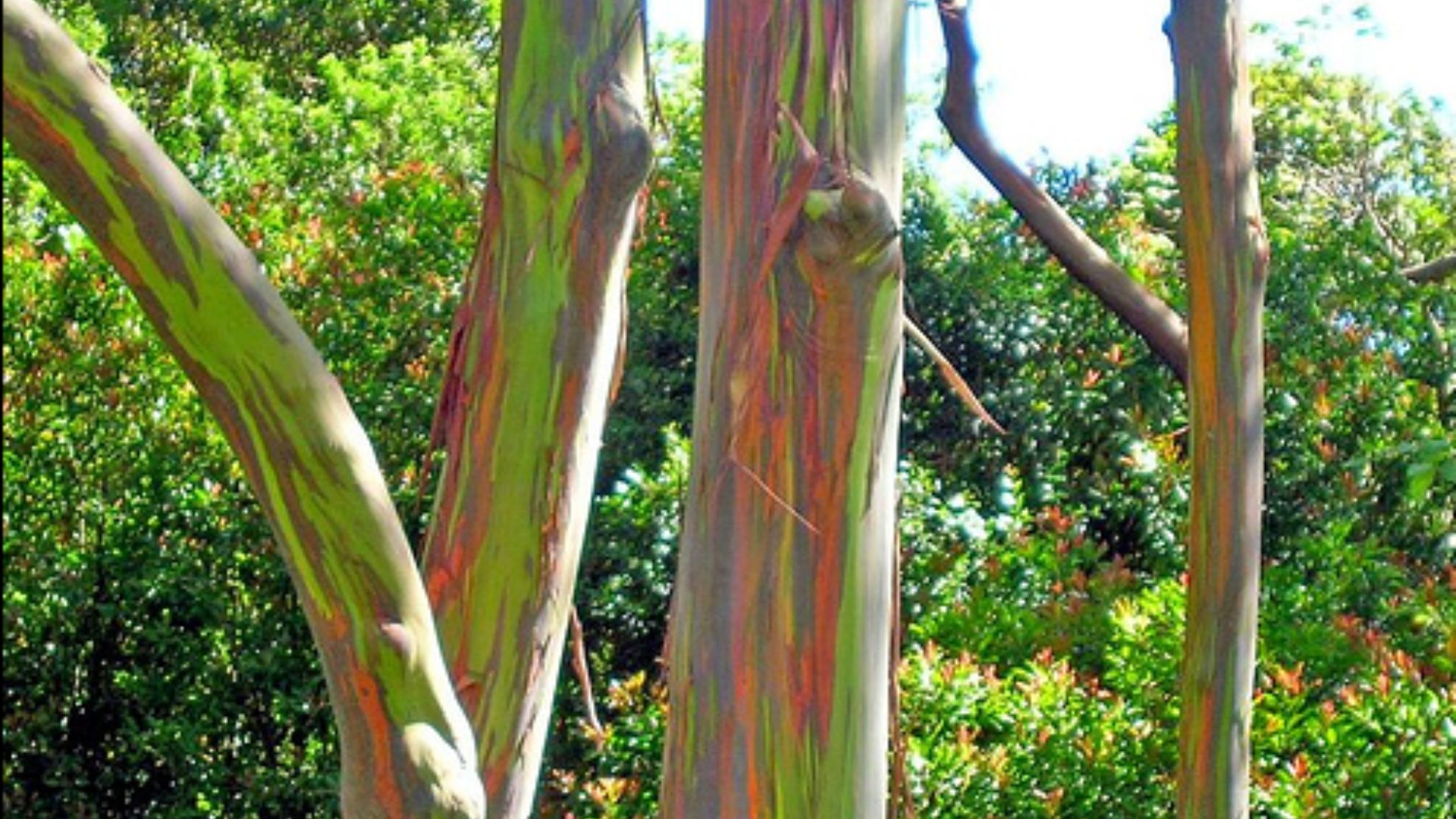
Advice on How to Take Good Care of Your Eucalyptus Trees

The native Australian eucalyptus tree may flourish in many other countries with the correct circumstances. Some of the most fundamental needs of eucalyptus trees are as follows:
- Soil: Eucalyptus trees need rich, well-drained, somewhat acidic soil. You may buy peat moss, perlite, and compost potting mix or build your own by combining equal proportions sand, loam, and organic matter.
- Water: Eucalyptus trees require constant watering, particularly in dry seasons. However, they dislike overwatering and damp roots. Put your finger in the soil to check its wetness. Water the tree until the water drips from the container or ground if it seems dry. It should dry out before watering again if it seems damp.
- Light: Eucalyptus plants like full sun but may tolerate light shade. They thrive on six hours of direct sunshine daily. If growing them inside, plant them near a south- or west-facing window or use LED grow lights to supplement natural light.
- Temperature: The Eucalyptus tree can survive temperatures from 10°F to 95°F. They are not frost-hardy, so you may need to shelter them from excessive cold or bring them inside in winter. Try Eucalyptus gunnii or pauciflora, which can tolerate -10°F.
Read this post for further details on how to use grow lights for houseplants and trees: 3 Best LED Grow Lights Indoor Plants Review
Evaluate Your Requirements and Pick the Best One
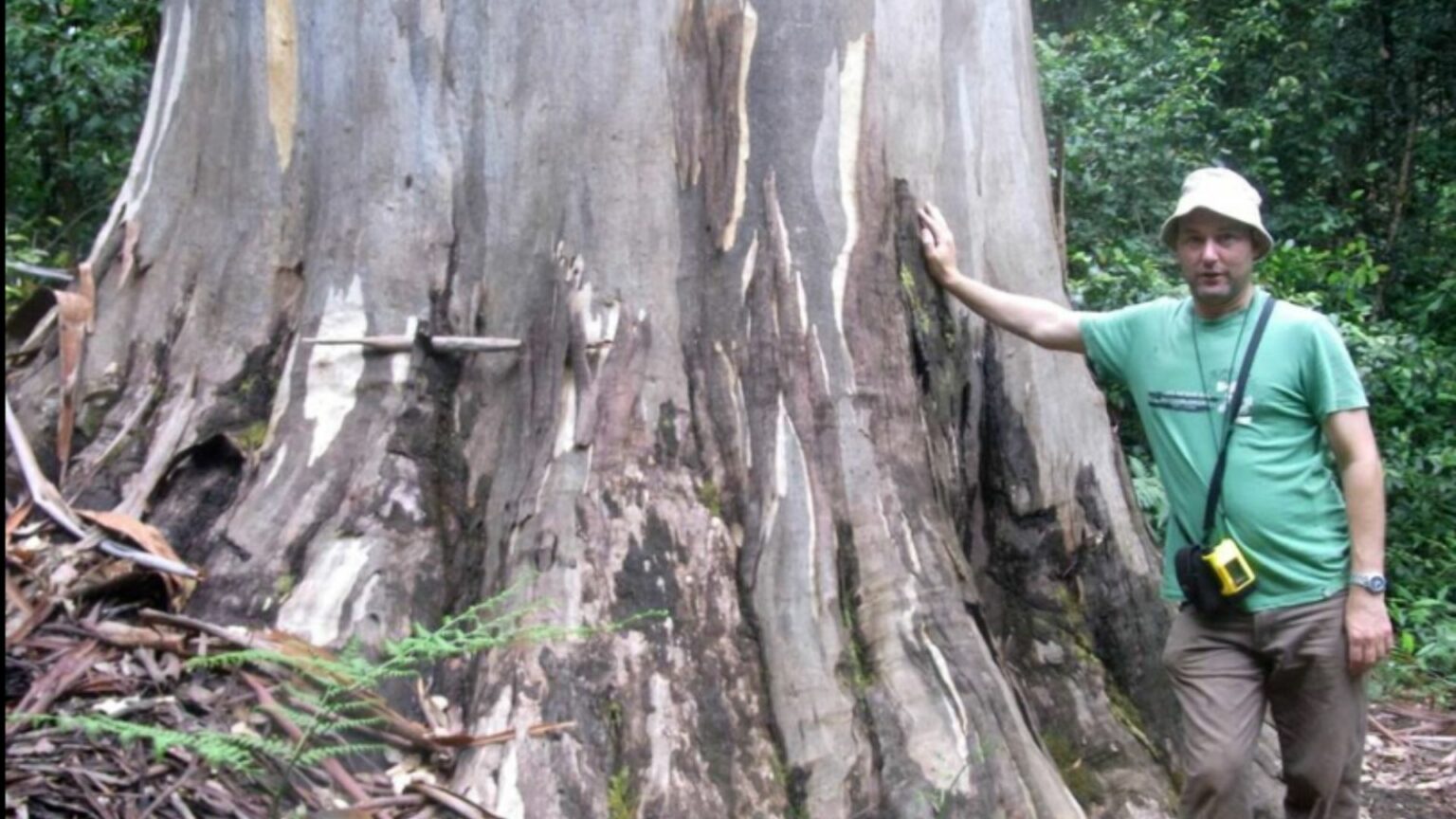
After learning the basic requirements for live eucalyptus trees, you may ask how to pick the best species for your environment and area. More than 700 eucalyptus species vary in size, shape, color, and aroma. Some grow to 200 feet, while others remain at 3 feet. Some have lengthy, green leaves, while others are round and silver. Their scents range from harsh minty to delicate citrus. Three of the most common and adaptable eucalyptus species for both indoor and outdoor cultivation are those we’ve selected:
- The eucalyptus globulus tree is the most popular and common kind of eucalyptus. The blue-green leaves are oil-rich and smell like eucalyptus. It can grow to 60 feet but be trimmed for inside use. It does best when grown outdoors in USDA hardiness zones 9–11 or in big containers inside.
- Sometimes called “silver dollar eucalyptus,” this tree belongs to the eucalyptus family. The fluffy, silvery leaves are round in shape. Aromatherapy and flower arrangements often include its gentle, pleasant perfume. Its maximum height is 30 feet, yet it’s versatile enough to be a bonsai, shrub, or shrubbery. Zones 8–11 are ideal for outdoor cultivation, while medium-sized pots are fine for indoor cultivation.
The rainbow eucalyptus is another name for the eucalyptus deglupta. Amazing colorful bark comes off in pieces, exposing green, orange, red, and purple. The delicate, sweet aroma spreads from its long, lush leaves. It grows to 200 feet but requires a lot of room and humidity, therefore indoor cultivation is not suggested. Zones 10 and 11, as well as tropical areas, are ideal for outdoor cultivation.
Video: The Rainbow Eucalyptus
Additionally, many ask
Just what is involved in maintaining a eucalyptus tree?
After they've established themselves, eucalyptus plants can only tolerate partial droughts. To keep the leaves from wilting and dropping off your newly planted plants, water them often To ensure that plants get the moisture they need from the soil, mulch the area around their bases when planting outside..
How much work goes into caring for eucalyptus trees?
Because of their rapid growth and heft, eucalyptus trees may quickly become unruly if not trimmed regularly. When the leaves, bark, and branches fall off, they create a lot of litter. Their branches, which are loaded with resin, might shatter unexpectedly if the top becomes too heavy. The shred-like bark they produce is combustible, so ensure you remove it.
How often is it recommended to prune eucalyptus trees?
Because their branches are already so heavy, eucalyptus trees are more likely to break or split. Yes, eucalyptus trees may break and fracture. So, it's crucial to have a Certified Arborist check your eucalyptus trees often and trim them every two years.
How come farmers choose to grow eucalyptus trees?
Numerous coastal towns relied on eucalyptus trees for a variety of purposes, including enhancing cropland quality, acting as windbreaks, providing hardwood lumber and fuel, and, because to their vast root system, draining wetlands in the battle against malaria.
CONCLUSION: WHY YOU SHOULD PLANT LIVE EUCALYPTUS TREES FOR SCENT AND COLOR

Live eucalyptus trees are amazing plants that can bring many benefits to your home and garden. They have a unique scent that can freshen up your space and soothe your senses. Their gorgeous colors could elevate your mood and contrast with your scenery. With the correct environment and occasional trimming, they are also low-maintenance and simple to cultivate.
Whether you choose to grow them indoors or outdoors, live eucalyptus trees are a great way to enjoy nature and create a relaxing atmosphere. They are also good for the environment, as they provide food and shelter for many animals and insects. There are many uses for the wood and oil they produce, and they are renewable resources.
Live eucalyptus trees are more than just plants. Their very presence is an emblem of vitality, variety, and life. A welcome addition to any household and a source of endless joy, they are a genuine Australian gift. If you are looking for a plant that can offer you scent and color, look no further than live eucalyptus trees. You won’t regret it! 🌿
More Fun with Plants to Enjoy
Here are some more articles that can spark your interest now that you have a better understanding of the benefits and enjoyment that come from living Eucalyptus trees:


